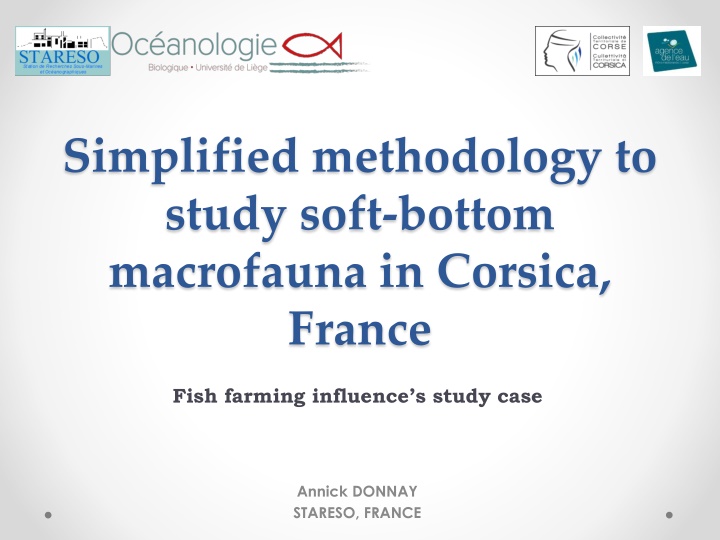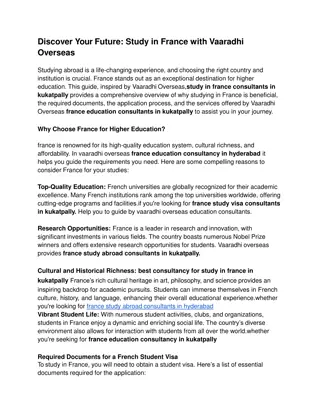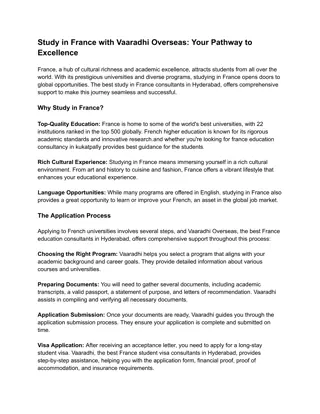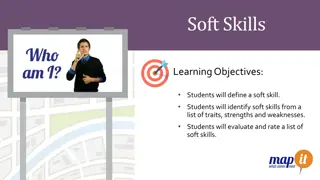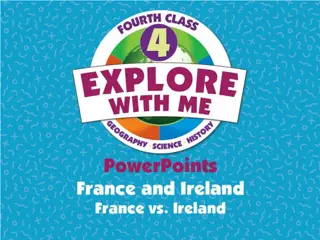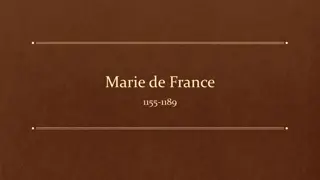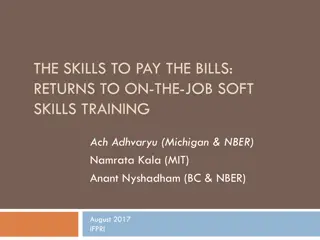Study of Soft-Bottom Macrofauna in Corsica, France
This study explores the soft-bottom macrofauna in Corsica, France, with a focus on the influence of fish farming. The research covers the study area, fish farm locations, production levels, and the utility of the JMAMBI index for ecological evaluation. Habitat types and their impact on the JMAMBI index are also analyzed to provide insights into the ecological situation in Corsica.
Download Presentation

Please find below an Image/Link to download the presentation.
The content on the website is provided AS IS for your information and personal use only. It may not be sold, licensed, or shared on other websites without obtaining consent from the author.If you encounter any issues during the download, it is possible that the publisher has removed the file from their server.
You are allowed to download the files provided on this website for personal or commercial use, subject to the condition that they are used lawfully. All files are the property of their respective owners.
The content on the website is provided AS IS for your information and personal use only. It may not be sold, licensed, or shared on other websites without obtaining consent from the author.
E N D
Presentation Transcript
Simplified methodology to study soft-bottom macrofauna in Corsica, France Fish farming influence s study case Annick DONNAY STARESO, FRANCE
Study area: Corsica Located in the North-West Mediterranean Sea Oligotrophic water Few anthropogenic influences including fish farming Anchoring area Sewage outfall area Fish farming area
Influence studied : Fish farm 6 located around Corsica Production between 20 T and 1500 T per year In open or semi-closed bay Depth between 10 m and 26 m
Utility of the JMAMBI J'MAMBI M-AMBI AMBI 11 (12,2 %) 8 (8,9 %) 42 (46,7 %) 62 (68,9 %) 79 (87,8 %) 43 (47,8 %) 56 (62,2 %) 32 (35,6 %) Moderate 28 (31,1 %) 17 (18,9 %) 2 (2,2 %) 17 (18,9 %) Poor 7 (7,8 %) 2 (2,2 %) 0 (0,0 %) Bad 2 (2,2 %) 1 (1,1 %) 1 (1,1 %) 90 90 BQI taken with care M-AMBI based on habitat type identified in Corsica AMBI, BENTIX, BOPA not use of habitat characteristics Majority of stations is in High or Good quality status BENTIX BOPA BQI High Good 8 (8,9 %) 27 (30,0 %) 31 (34,4 %) 36 (40,0 %) 2 (2,2 %) 13 (14,4 %) 1 (1,1 %) 0 (0,0 %) 90 3 (3,3 %) 0 (0,0 %) 7 (7,8 %) 2 (2,2 %) 90 90 90 More variability of evaluated status with the J MAMBI Fine distinction between ecological situation
Habitat type and JMAMBI Habitat type SF; [0-35[ Nbr of Stations 30 AMBI Diversity Richness 6 0,82 5,18 6 1,95 0,36 4,41 6 1,93 6 5,29 0,93 3,62 6 5,73 1,2 3,19 6 1,31 5,96 6 1,4 5,79 6 1,02 5,88 8 Habitat types around Corsica based on 428 samples Reference conditions values for M-AMBI calculation for each habitat based on 90 stations Ponderation of M-AMBI by the Pielou index J = J MAMBI Bad High Intermediate High Bad High Intermediate High Intermediate High Bad High Bad High Bad High 0 0 74 37 16 SM; [0-35[ 10 SG; [0-10[ 4 0 0 4,7 73 SG; [10-35[ 4 151 42 124 35 S; sandy clearing 14 SF; [35- 11 0 0 108 SM; [35- 8 0 0 108 SG; [35- 9 0 0 117 Seagrass meadow D<10 m 10 m D<35 m Fine sand between surface and 35 m Medium sand between the surface and 35 m Coarse sand between 10 and 35 m deep D 35 m Fine sand between surface and 35 m Medium sand between the surface and 35 m Coarse sand between the surface and 10 m Fine sand deeper than 35 m Medium sand deeper than 35 m Coarse sand deeper than 35 m X<250 m Sandy clearing 250 m X<500 m Sandy clearing X 500 m Sandy clearing
Kind of study and utilities Fondamental Study Applied Study Expertise Deep knowledge of macrobenthos and the meadow Time to realise the study Accessibility Overview of the situation Time saving Money saving Help for managers to take quick resolution to preserve the meadow Taxonomic sufficiency Species level identification, J MAMBI and others indices
Taxonomic sufficiency Evaluation based on J MAMBI values Comparison between species level and genus or family level Family level identification sufficiant for rapid ecological quality status definition
Design Sampling period: spring 2 sampled stations: o Under the cages o At 300 m from the cage in the main current direction Identification until species level Aggregate at genus and family levels Comparaison of results between identification levels Spatial evaluation
Results By station:
Conclusions At station level: no difference between species and family level identifcations results Spatially: no difference between the variation of EQR between the two stations Family level identification and the use of J MAMBI by habitat are sufficiant for a rapid evaluation of the Ecological Quality status in the case of fish farming studies
